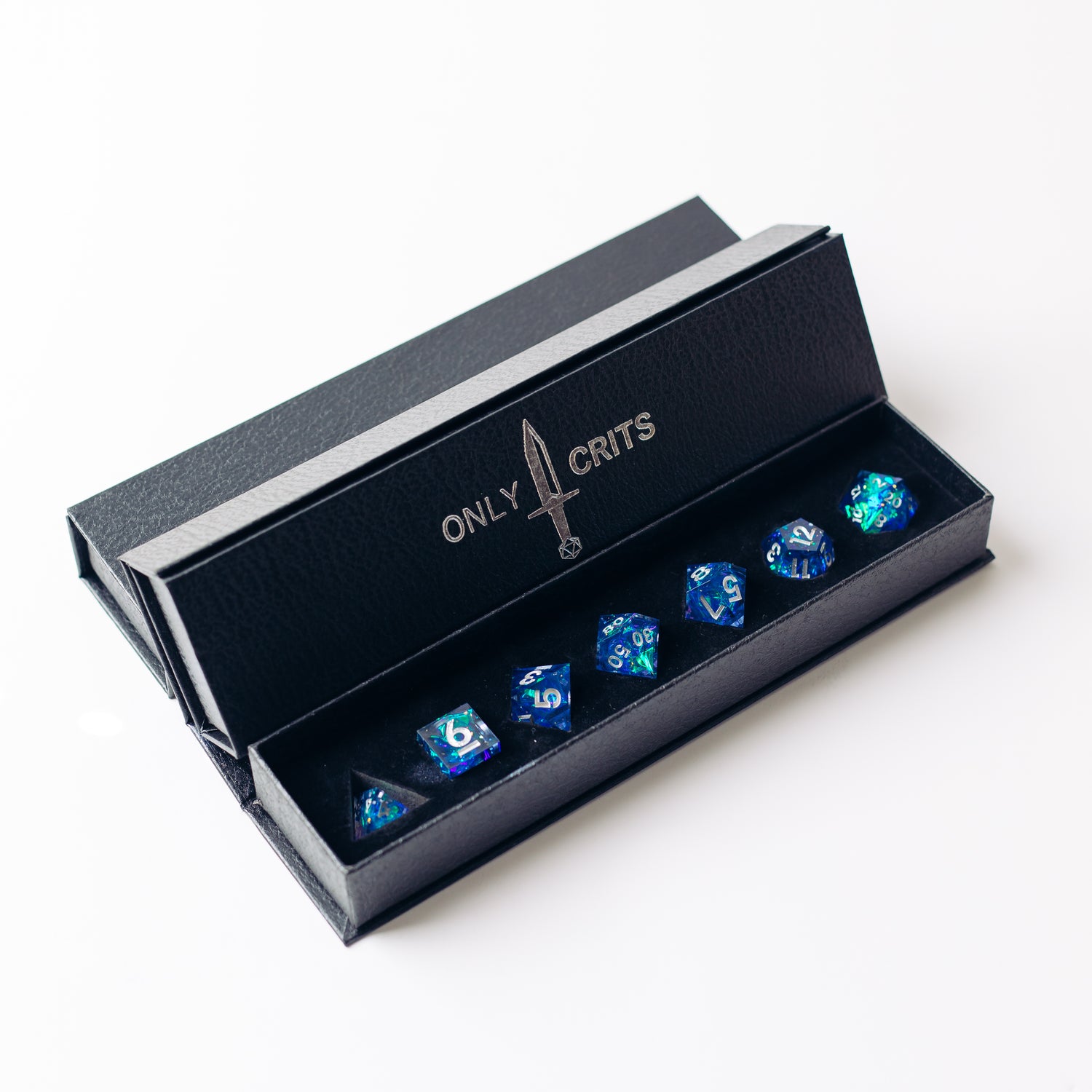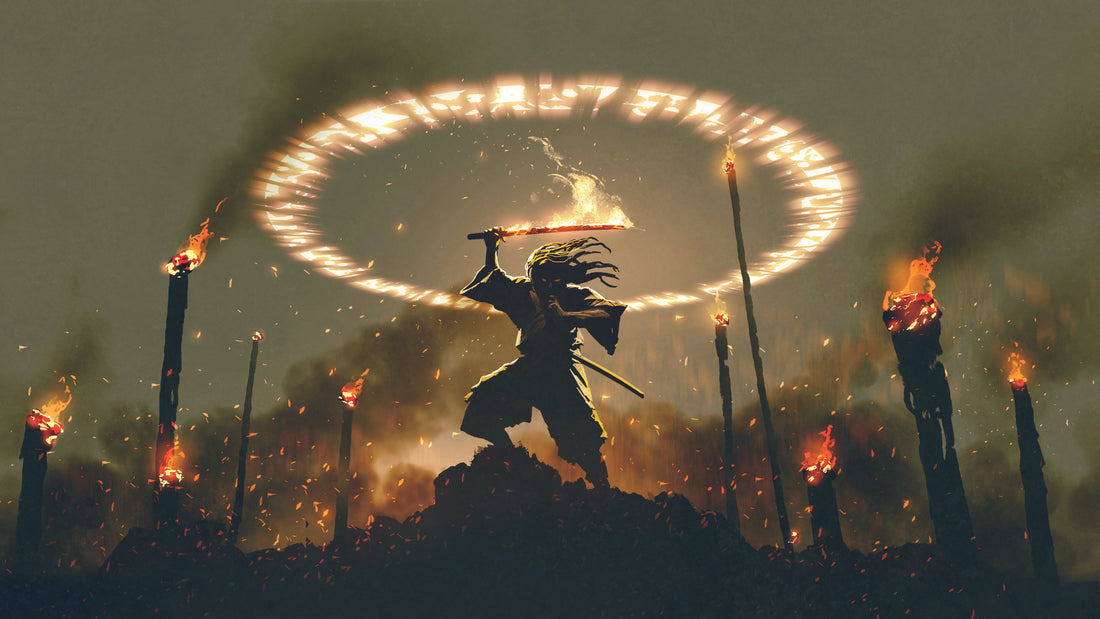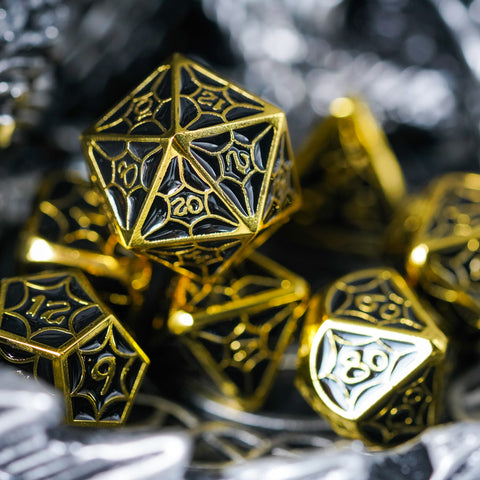Embarking on a Dungeons and Dragons adventure begins long before you roll the dice for your first encounter. It starts with the conception of your character, a process that allows you to inhabit a world limited only by your imagination. In this guide, we'll step you through the process of creating DnD characters so you know what to expect when you crack open the Player's Handbook.
1. Choose Your Class
Why Start Here?
The Player's Handbook starts you off by rolling or picking your stats, then choosing the race of your character, followed by your class. But if you've never played D&D before this can be a little bit confusing, because it obscures the fact that your class is the most important choice. Classes provide the actions you can take and the stats you choose, so really you should choose your class before doing anything else.
- Resource Link: Explore classes on DnD Classes
2. Choose Your Race
How Does Race Complement Class?
Once you’ve selected your class, choosing a race can enhance certain aspects of your character. Races come with their own unique traits, abilities, and lore that can add depth to your chosen class. And perhaps most importantly, the fantastical race you choose determines the aethetic appearance of the character you'll be playing. Stats are important to make sure you're having fun in gameplay, but image is important to make sure you're having fun with the roleplay too.

- Resource Link: View all DnD races
Two Classic Examples to Consider:
- High Elf Wizard: High Elves have a bonus to Intelligence, which is the spellcasting modifier for Wizards, and they come with innate spellcasting which gives them one cantrip of your choice on top of your wizard cantrips. More spells for less!
- Human Fighter: Humans are incredibly versatile and gain bonuses to all stats, which pairs beautifully with fighter which is arguably the most versatile class, boasting class features that let you take more actions per turn and customize your fighting style.
3. Determine Ability Scores
Setting the Foundation of Your Character’s Capabilities Your ability scores define your character’s physical and mental attributes. You can roll for these, use a point-buy system, or take a standard array from the Player’s Handbook. Since you'll already know what stats are most important for you (based on the class you chose) and the stats that will get racial bonuses (based on the race you chose), it should be a simple matter of slotting in your stats to where they work best for your character.
- Resource Link: Understand ability scores at DnD Ability Scores
4. Flesh Out the Background
Your Character’s History and Personality: Background doesn't just give your character depth and context, in D&D backgrounds also come with specific proficiencies and skills. Make sure your background jives with whatever backstory you've given your character (how will you have chosen the sailor background if you grew up on a farm?) and consider what skills and proficiencies you'd like your character to excel at before choosing. Here's an example:
- Resource Link: Discover backgrounds on DnD Backgrounds
5. Equip Your Character
Starting Equipment and Personal Touches Your class and background determine your starting equipment, so there's not a lot of choice here once you've chosen from your class, but be sure to familiarize yourself with all the options presented on your class page so you choose equipment you'll actually use. Here's a really cool sword:
- Resource Link: Check equipment lists on DnD Equipment
6. Bring Your Character to Life
Personality Traits, Ideals, Bonds, and Flaws These details make your character more than just a set of stats. They guide how your character behaves in the world and interacts with others in the party. The rest of your character building is vital for the mechanics of the game, but do not underestimate the importance of your character's personality. It is, after all, who they actually are. There are no images, tables or advice to help with this (actually there totally are, they're right here) it's all about crafting the personality of someone you want to play as.
Conclusion
Creating a DnD character blends creativity with strategy. By following these steps, you ensure that your character is not only optimized for gameplay but also intriguing to play. With each decision, you're building a story that you will bring to life in each session. Remember, the goal is to enjoy the journey as much as the destination. And remember, no matter if it's a 1 or a 20, the important thing is to keep rolling.
FAQs:
-
What if I can't decide between two classes? As you level up you can choose to multi-class, allowing you to experience features from more than one class, so choose the class closest to the core of your character, and add to that later.
-
How important is alignment? Alignment offers a moral framework for your character’s decisions and behavior, influencing how they perceive the world and interact within it. That said, it doesn't relate to gameplay mechanics very much in modern D&D, so use it just to guide your character's actions rather than as something that must be adhered to at all costs.
-
Can I change my character’s details later? While some aspects like class and race are fixed, many details can evolve as your character grows within the campaign’s story. In fact, you should be actively looking for ways for your character to grow and evolve as a person, because that's kind of what character building is!
Wait You're Not Done Yet!
You've built your character, sure, but how will you play the game of D&D with out some D&D dice to play with? Check out these sharp edged dice sets to match your newly crafted character:
or bring along a companion with these little friends dice sets:
or make your barbarian's swings even more forceful with a metal dice set:
There are so many ways to get custom dice for you custom D&D character. Don't hesitate, get your first set today!









